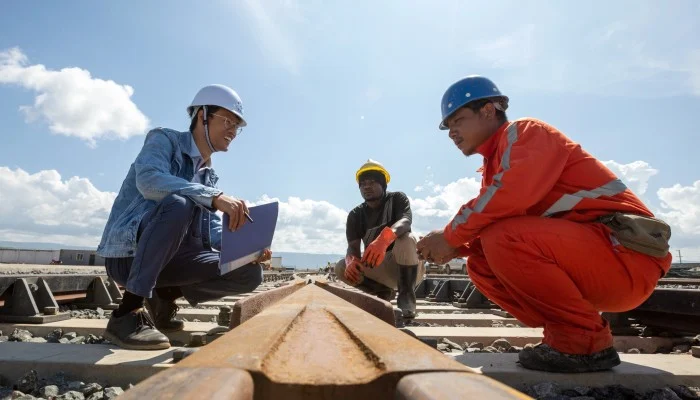SINAFRICANEWS.ORG
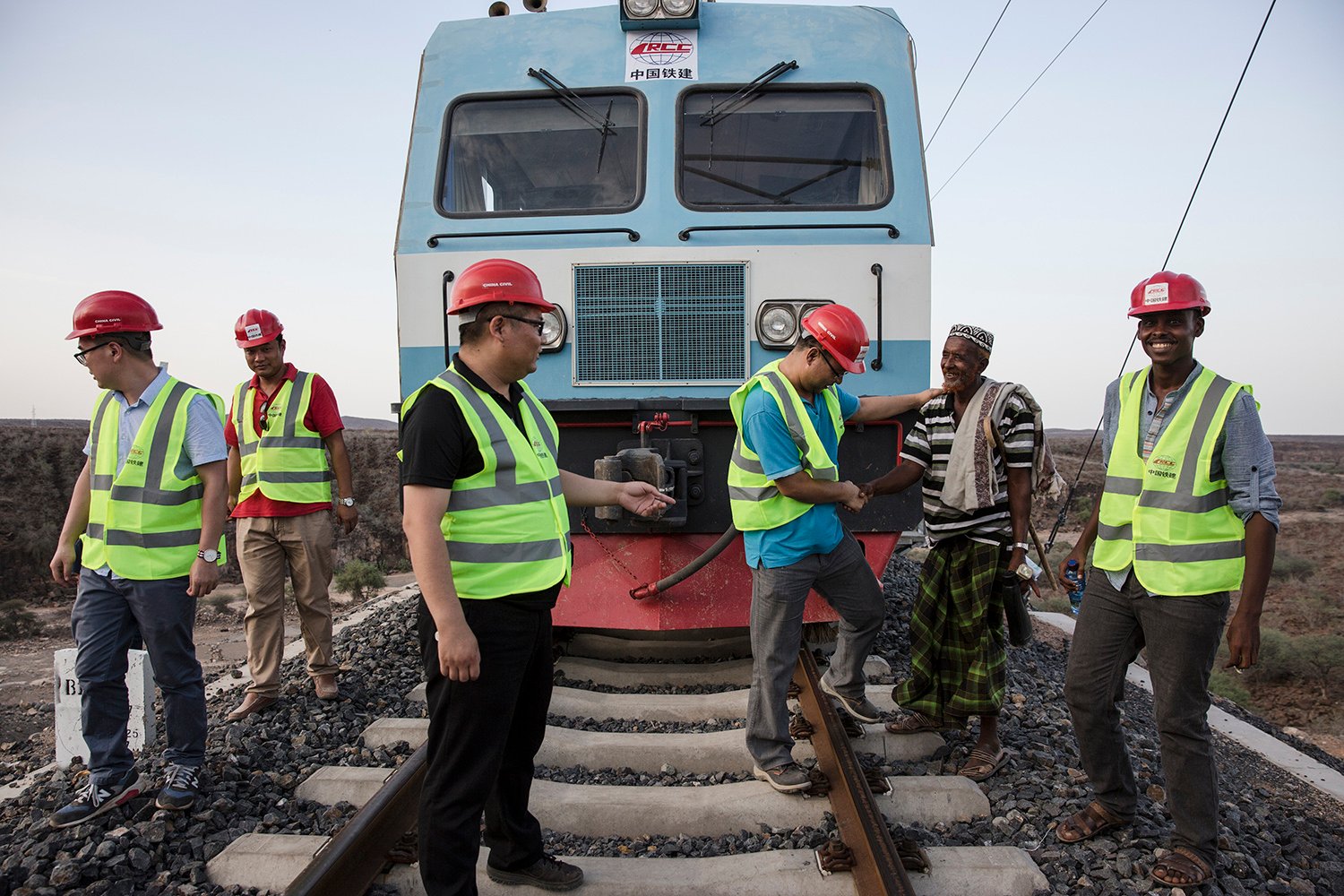
By SinAfricaNews October 22, 2023 0 Comments
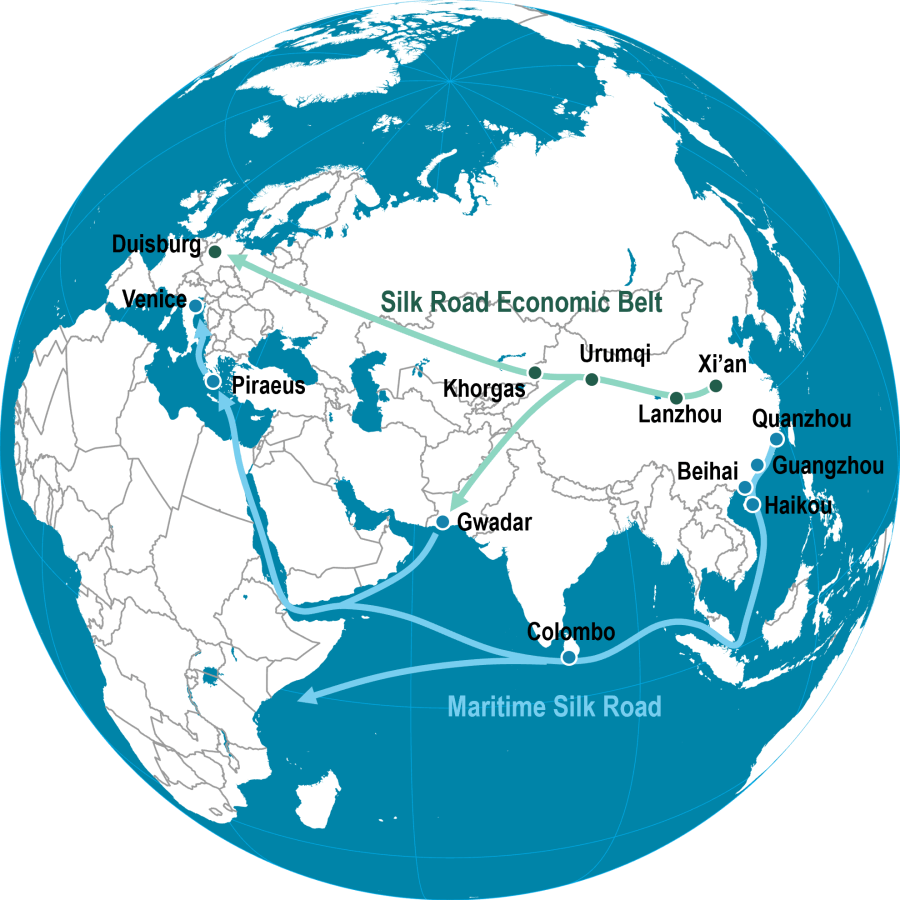
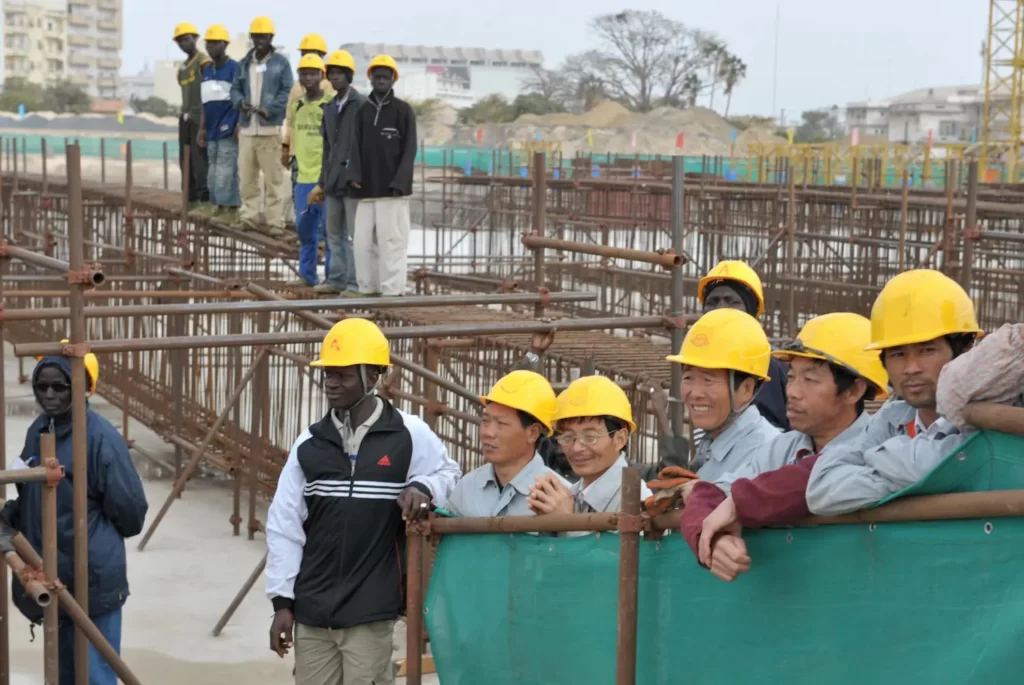
From 2000-2022, 39 Chinese lenders provided 1,243 loans amounting to $170.08 billion to 49 African governments and 7 regional institutions. This has led some Western critics to whisper the expression “Debt-Trap Diplomacy”.
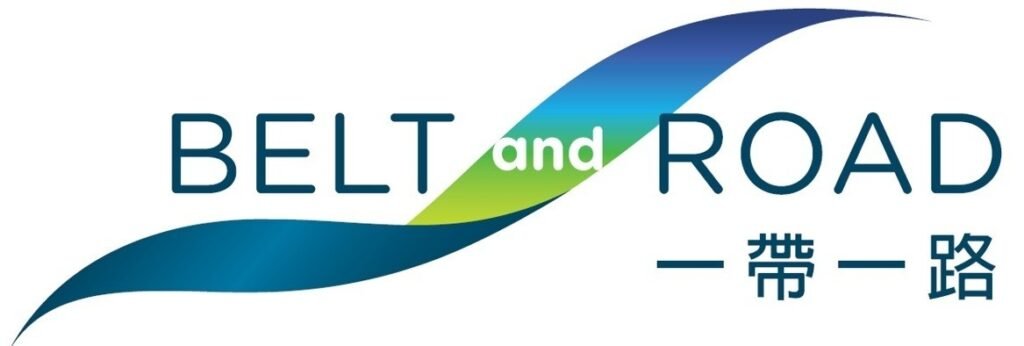
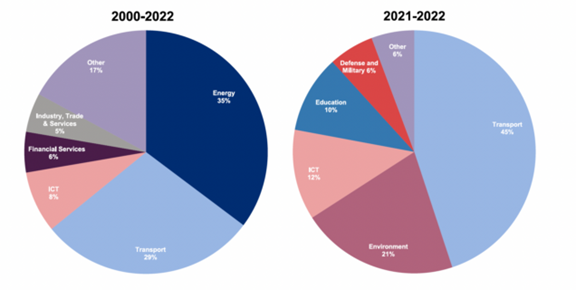
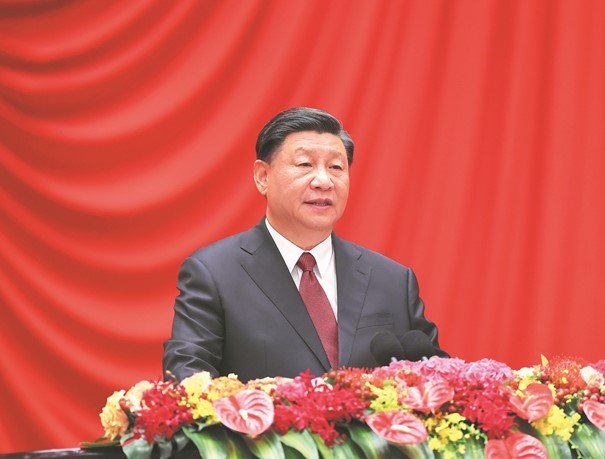
Author: Dr. TALING TENE RODRIGUE, Deputy Director of the Center for Francophones Studies, Institute of African Studies, Zhejiang Normal University, China.
Blog: www.dr-taling.com
Email: rodriguetaling@outlook.com

Join our global community of readers who seek to understand the evolving dynamics between China & Africa. Let's see the world from the Global South's perspective.
SINAFRICANEWS brings you a new narrative of our World from a Sino-African Perspective
SINAFRICANEWS 2024 © All Rights Reserved. Design & Developed by VW Themes
You must LOG IN first!
Javascript not detected. Javascript required for this site to function. Please enable it in your browser settings and refresh this page.

